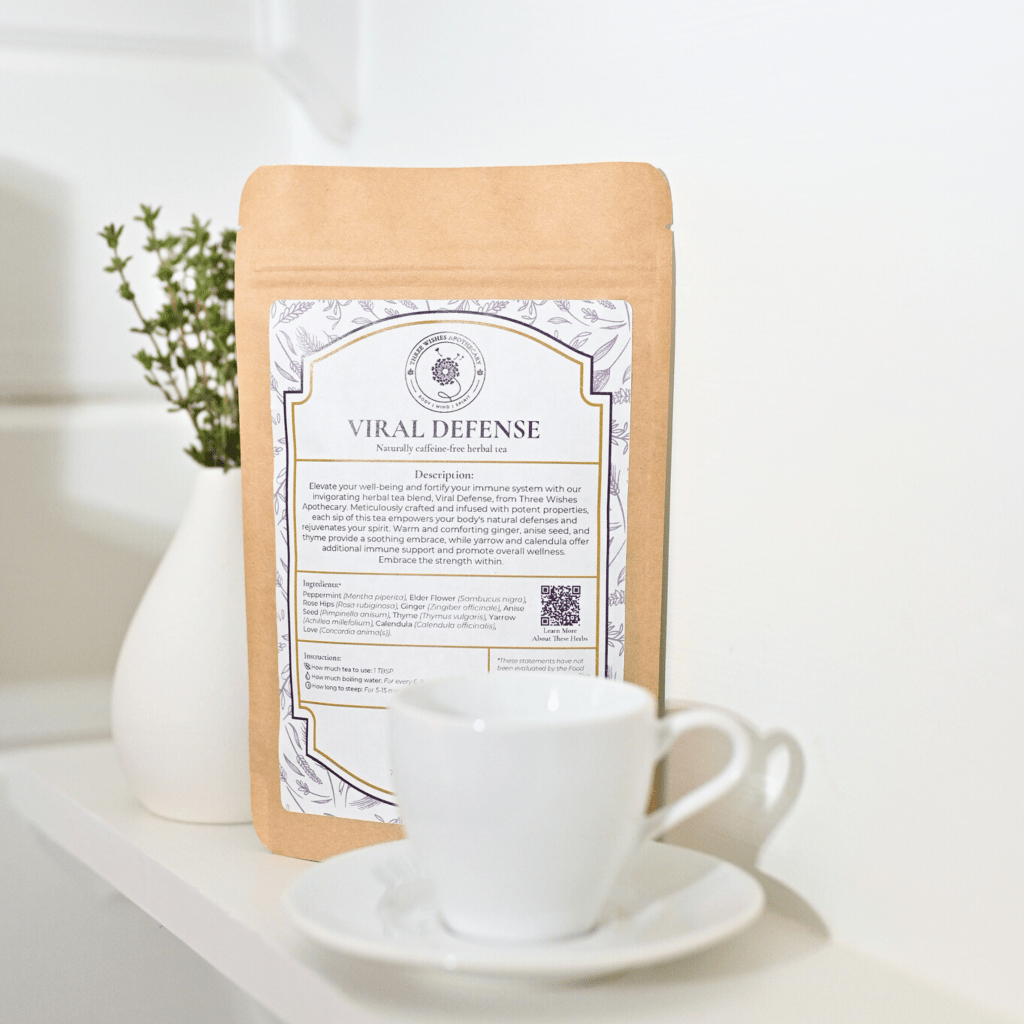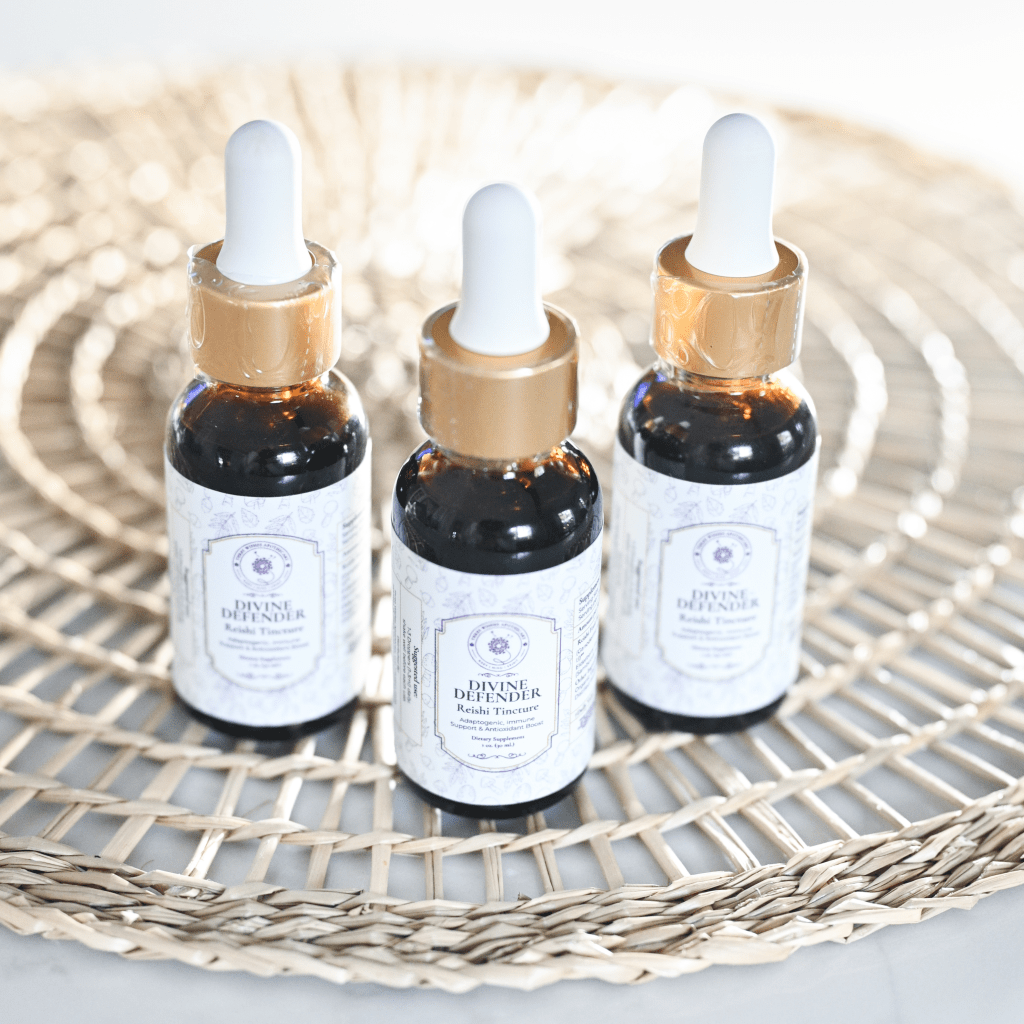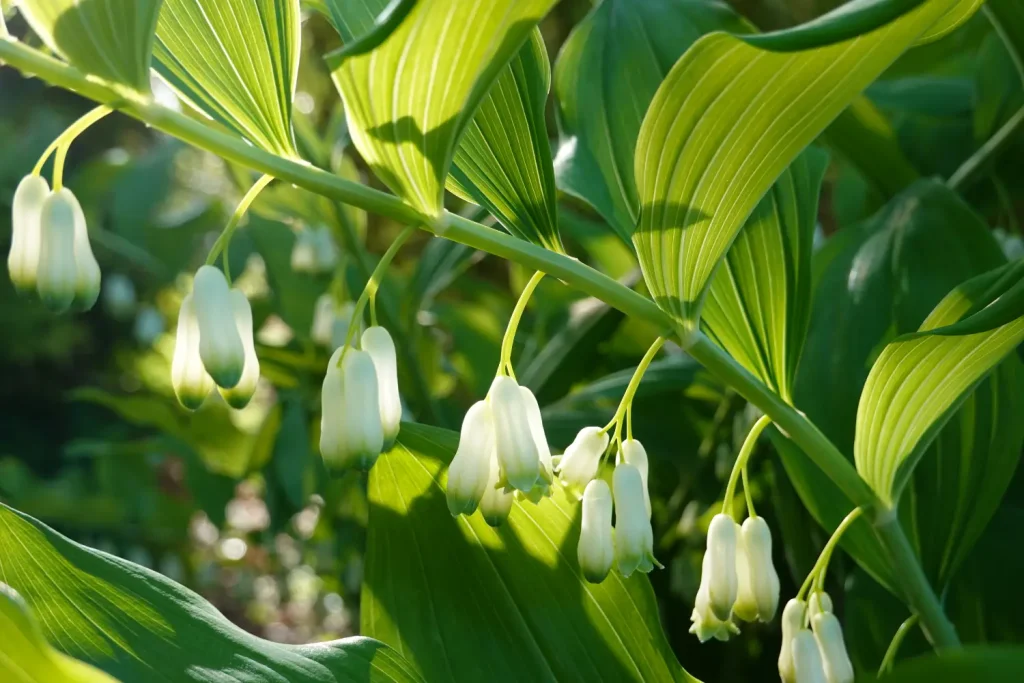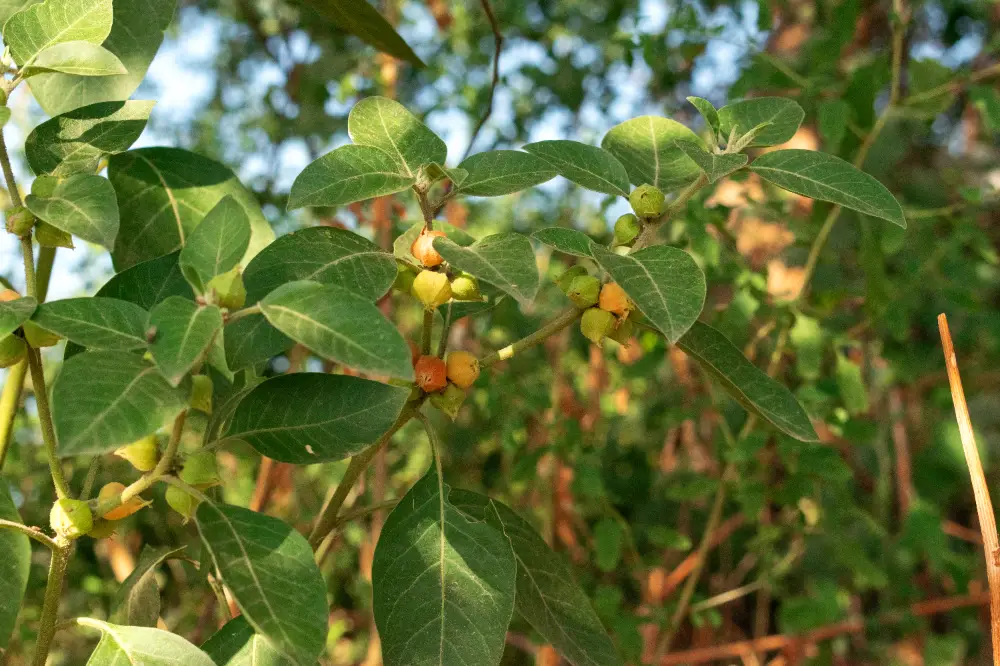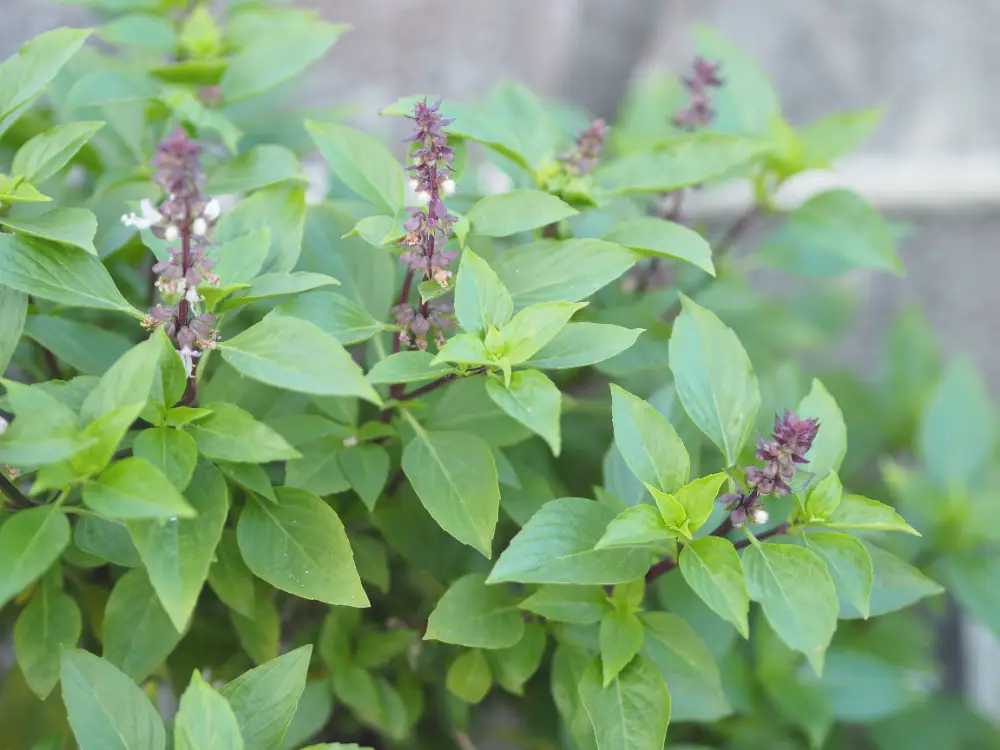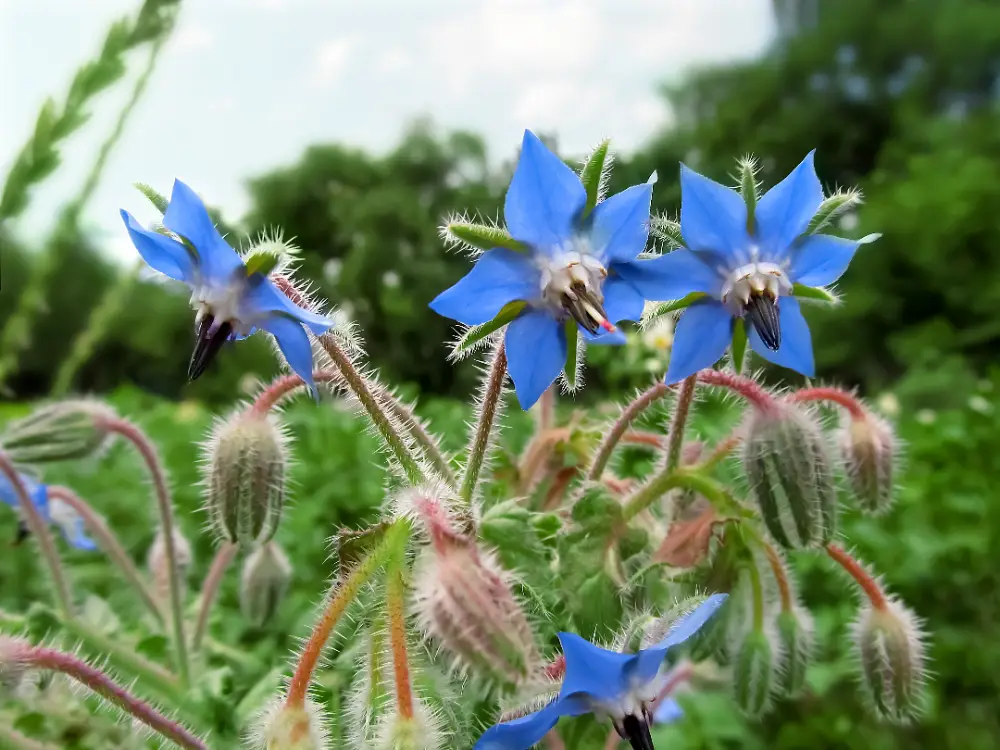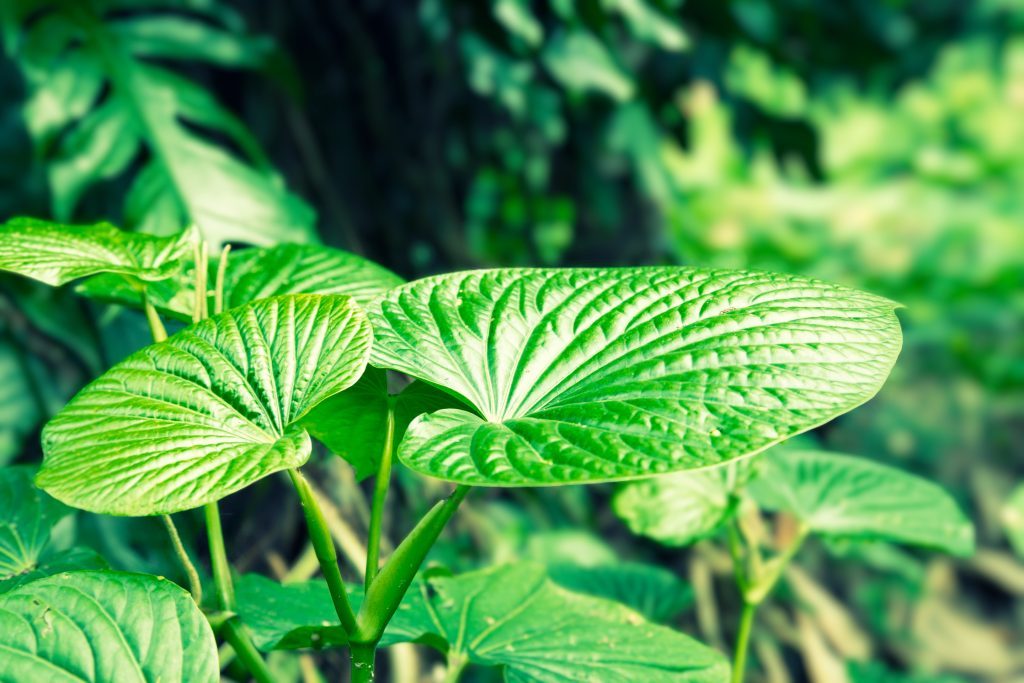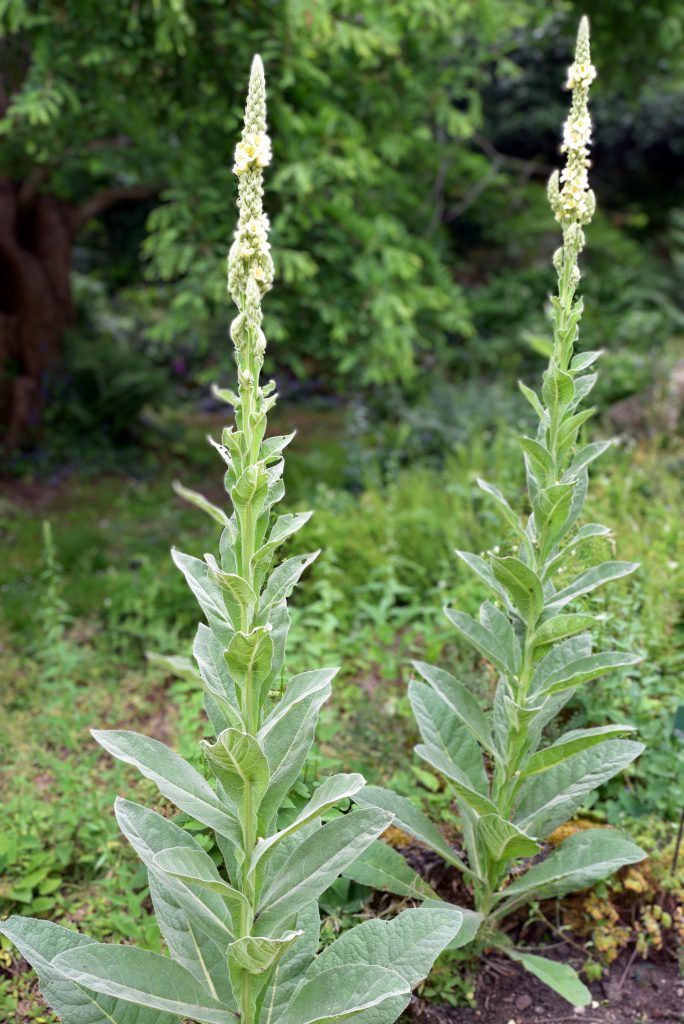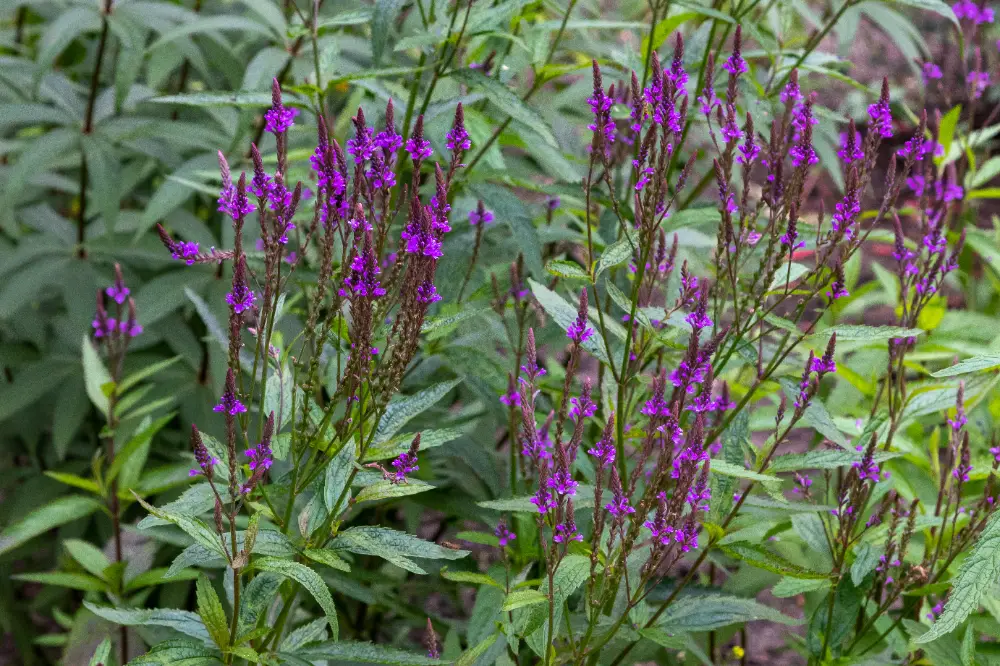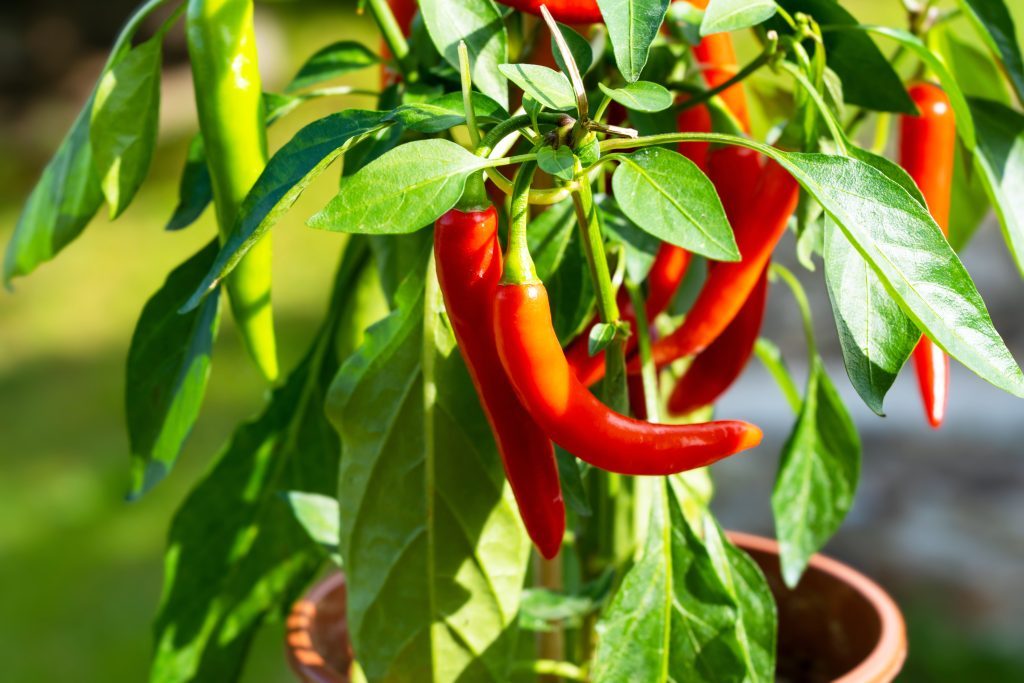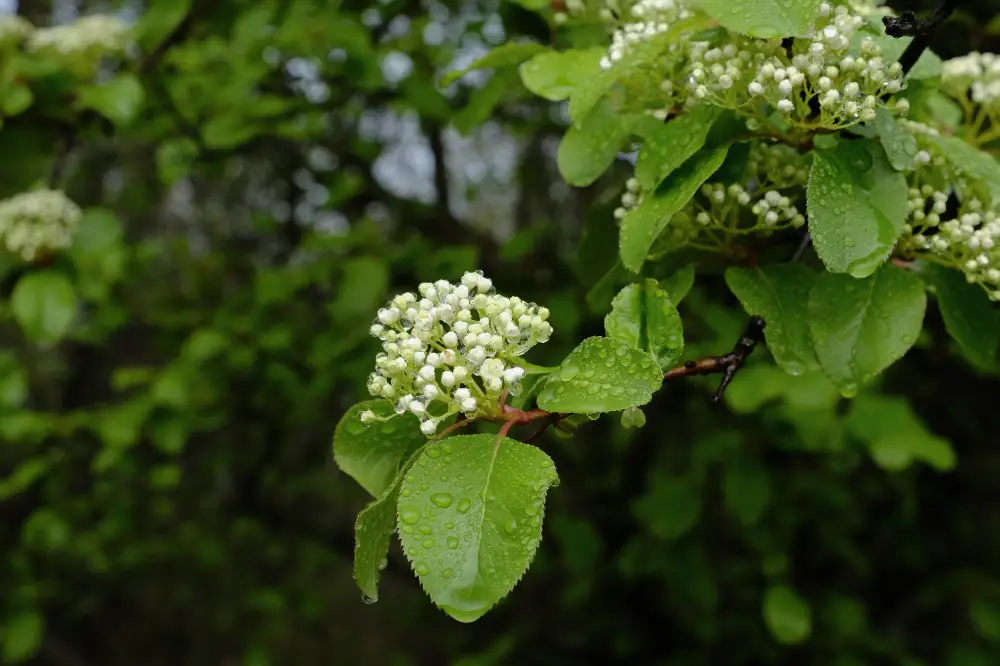
Black Elderberry
Sambucus nigra/canadensis
Adoxaceae (formerly classified under Caprifoliaceae)
A Time-Honored Remedy for Immunity, Resilience, and Vitality
Other names:
Black Elder, European Elder, American Elder, Elderflower (for the blossoms), Judas Tree, Bore Tree, Sambucus, Suauco (Spanish), Holunder (German), Sureau (French).
Superpower
Elderberry’s superpower lies in its potent immune-boosting and antiviral properties, making it highly effective for preventing and treating colds, flu, and other viral infections.
Uses
Immune Support: Boosts the immune system and helps prevent and treat colds, flu, and other viral infections.
Antiviral: Inhibits the replication of viruses and reduces the severity and duration of viral infections.
Anti-inflammatory: Reduces inflammation and soothes symptoms of arthritis and other inflammatory conditions.
Antioxidant: Provides antioxidant protection and supports overall health.
Respiratory Health: Supports respiratory function and alleviates symptoms of bronchitis, coughs, and sinusitis.
Cautions
Raw Berries: Unripe or raw berries, as well as other parts of the plant (leaves, stems, roots), contain cyanogenic glycosides and can be toxic if consumed in large quantities. Always cook or process the berries before consumption.
Pregnancy and Nursing: Consult a healthcare provider before use during pregnancy and nursing (controversial)
Known Chemical Constituents
- Flavonoids (quercetin, kaempferol, rutin, isorhamnetin)
- Anthocyanins (cyanidin-3-glucoside, cyanidin-3-sambubioside)
- Vitamins (vitamin C, vitamin A)
- Minerals (iron)
- Phenolic acids (chlorogenic acid, caffeic acid)
- Triterpenes (ursolic acid, oleanolic acid)
- Essential oils (trace amounts in flowers)
- Tannins
- Pectins (sugars)
- Sterols (β-sitosterol)
- Minerals (potassium, calcium, phosphorus, iron)
- Mucilage
Botanical Description
Habitat: Native to Europe, North Africa, and parts of Asia; commonly found in woodlands, hedgerows, and along streams.
Leaves: Opposite, pinnately compound with 5-9 serrated leaflets.
Stems: Woody, with a grayish-brown bark and a hollow pith.
Flowers: Small, white or cream-colored, fragrant, and borne in large, flat-topped clusters (corymbs) in late spring to early summer.
Fruits: Small, dark purple to black berries that ripen in late summer to early autumn.
Height: Typically grows 5-10 feet tall, but can reach up to 20 feet.
Fun Facts
Elderberry has been used in traditional medicine for centuries, dating back to ancient Greece and Rome.
The elder tree is often associated with folklore and mythology, believed to have protective and magical properties.
Elderberry syrup is a popular natural remedy for boosting the immune system and preventing colds and flu.
Parts Used
Flowers & Berries
Harvest
Best Time to Harvest:
- Flowers:
Elderflowers are typically harvested in late spring to early summer when the flower clusters (umbels) are fully open but not yet starting to wilt. They are best collected on a dry day, ideally in the morning when their aroma is strongest. - Berries:
The berries are ready for harvesting in late summer to early fall when they turn a deep, dark purple or black. It’s important to harvest the berries when they are fully ripe, as unripe elderberries contain toxic compounds.
Parts Used:
- Flowers: Collected for making teas, syrups, and tinctures.
- Berries: Used in syrups, wines, jams, and medicinal preparations.
Harvesting Method:
- Flowers:
The flower clusters (umbels) should be snipped off cleanly with pruning shears or scissors. Only the flowers are used, so the green stems and leaves are discarded. - Berries:
When harvesting berries, the entire umbel is cut, and the berries are later removed from the stems. Care should be taken not to crush the berries during collection, as this can cause them to spoil quickly.
Processing and Drying:
- Flowers:
Elderflowers should be spread out in a single layer in a well-ventilated area, away from direct sunlight, to air dry. Once completely dry, they can be stored in an airtight container. - Berries:
After harvesting, elderberries should be de-stemmed and can be used fresh, frozen, or dried. If drying, spread them in a single layer in a dehydrator or in a warm, well-ventilated space until they are firm and shriveled.
Cautions During Harvest:
- Toxicity of Unripe Berries and Other Plant Parts:
Unripe berries, as well as the leaves, stems, and roots of the elderberry plant, contain toxic compounds such as cyanogenic glycosides, which can be harmful if consumed. It is essential to ensure that only ripe berries and flowers are used.
Sustainable Harvesting:
- Avoid Overharvesting:
When harvesting in the wild, care should be taken to leave enough berries on the plant for wildlife, as elderberries are an important food source for birds and other animals. Harvesting no more than one-third of the plant’s berries ensures sustainability and the plant’s health.
Preparations
Tea/Infusion: Steep dried flowers or berries in hot water.
Tincture: Extract the beneficial compounds in alcohol.
Syrup: Make a syrup from the berries for immune support.
Topical: Use flower infusions in skin care preparations for soothing effects.
Culinary: Berries can be used to make jams, jellies, wines, and desserts.
Sacred Rituals
Work with elderberry in protection and purification rituals.
Incorporate elderberry into healing ceremonies to promote resilience and recovery.
Brew elderberry tea to support immune health and ward off illness.
Flower
Temperature: Cooling
Taste: Pungent, slightly sweet
Moisture: Drying
Gently opens the pores, promotes perspiration, clears heat, and eases tension in the upper respiratory tract.
Berry
Temperature: Cooling
Taste: Sweet, tart
Moisture: Moistening
Affirmations
“I am protected and resilient.”
“I embrace healing and renewal.”
“I am strong and healthy.”
Spiritual Associations
Elderberry is associated with protection, healing, and renewal. It symbolizes resilience and the ability to ward off negative influences, making it a powerful ally in rituals of protection and purification.
Functions
An alterative is an herb or substance that gradually and gently improves the function of the body, often by enhancing the body’s natural detoxification and elimination processes, thereby promoting overall health and vitality.
Anti-catarrhalA substance or agent that helps reduce or eliminate excess mucus and inflammation in the respiratory system or mucous membranes.
Anti-inflammatoryA substance or agent that reduces inflammation in the body, soothing irritation, swelling, or redness in tissues.
Antispasmodic
A substance or agent that helps relieve or prevent involuntary muscle spasms, cramps, or contractions in smooth or skeletal muscles.
CarminativeA substance or agent that helps relieve gas, bloating, and discomfort in the digestive system by promoting the expulsion of gas and soothing the digestive tract.
DemulcentA substance or agent that soothes and protects irritated or inflamed tissues by forming a protective film over mucous membranes.
DiaphoreticA substance or agent that promotes perspiration, helping the body regulate temperature, detoxify, and respond to fevers.
Expectorant (clears mucus)Immune System SupportThe measures or substances that enhance or maintain the proper functioning of the immune system, helping the body defend against infections, pathogens, and diseases.
LaxativeA laxative is a substance that promotes bowel movements or relieves constipation by stimulating intestinal activity or softening stool.
Respiratory HealthRefers to the optimal functioning of the lungs and airways, enabling efficient breathing and the exchange of oxygen and carbon dioxide.

